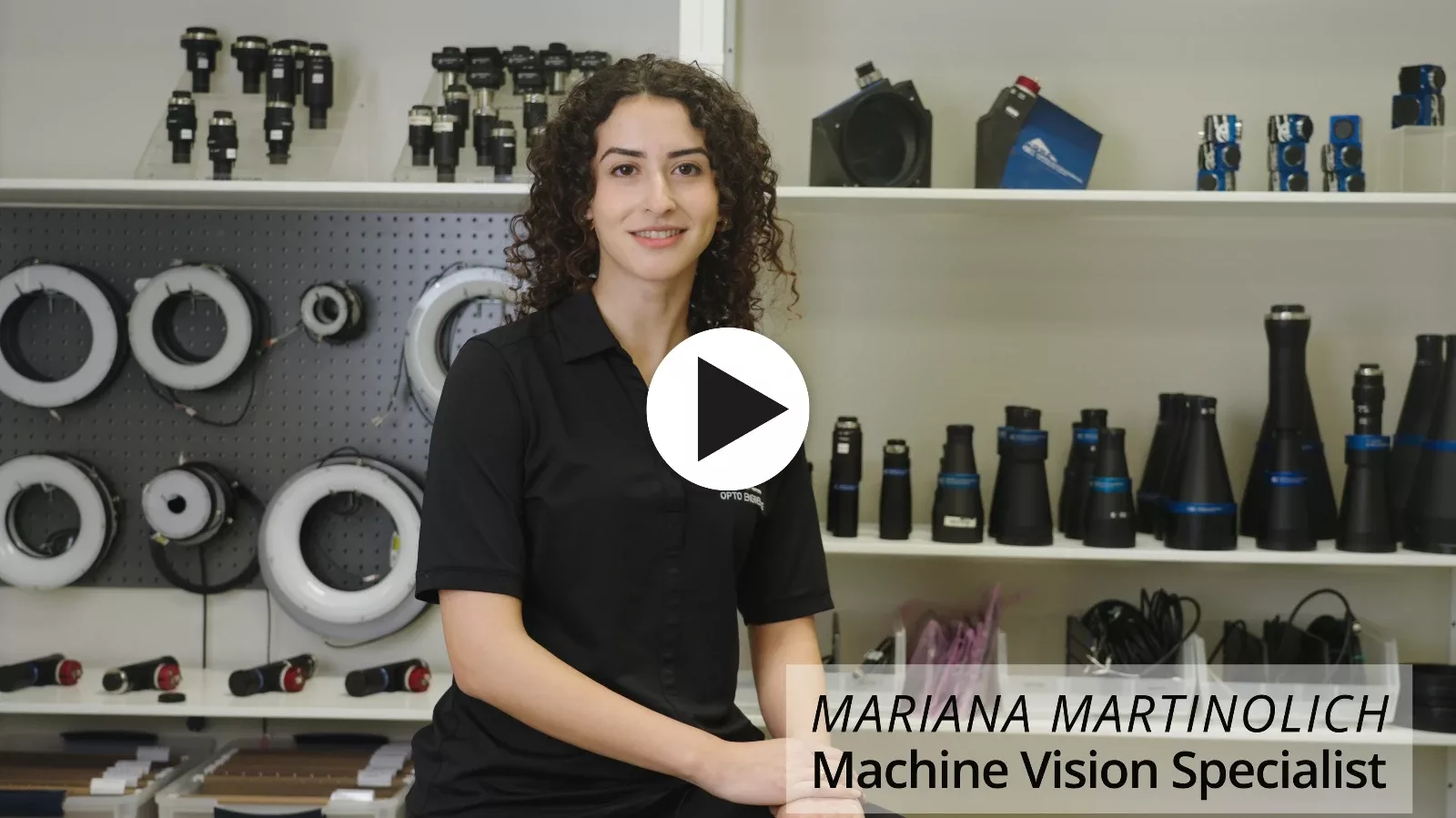新闻
Hi, Welcome to Opto Engineering’s tech insights!
Let’s speak about Field of View and Working Distance
In order to accurately describe the characteristics of a vision system, machine vision experts have defined some common terms:
The Field of View (often abbreviated FoV) is the dimensional area that can be viewed by the lens and imaged onto the camera sensor. In the most basic terms, the FoV is a real-world value that gives us the dimensions of the area that we can capture with our vision system.
Typically, this is one of the first parameters that is defined in a machine vision task – the user needs to know the area that must be acquired in order to capture all the necessary information for the application’s final task. Often, the application field of view is slightly larger than the dimensions of the object or feature that is being inspected or measured.
The achievable field of view that can be captured by an already-assembled vision system is influenced by both the system’s optic and the camera’s image sensor. If you would like to learn more about how you can calculate this value, be sure to follow our social channels, as we will be going over some of the standard machine vision calculations in specific videos.
Another of the most common machine vision terms is working distance (abbreviated WD), which is the object-to-lens distance where the image is at its sharpest focus. Put simply, this is another real-world value that gives us the exact distance between the final edge of the vision system’s lensing and the plane of optimal focus, which is where we want to place our inspection sample. An application’s working distance could be limited by footprint limitations or by the specifications of the selected lens.
Check out more tech insights on social platforms and on our website.

